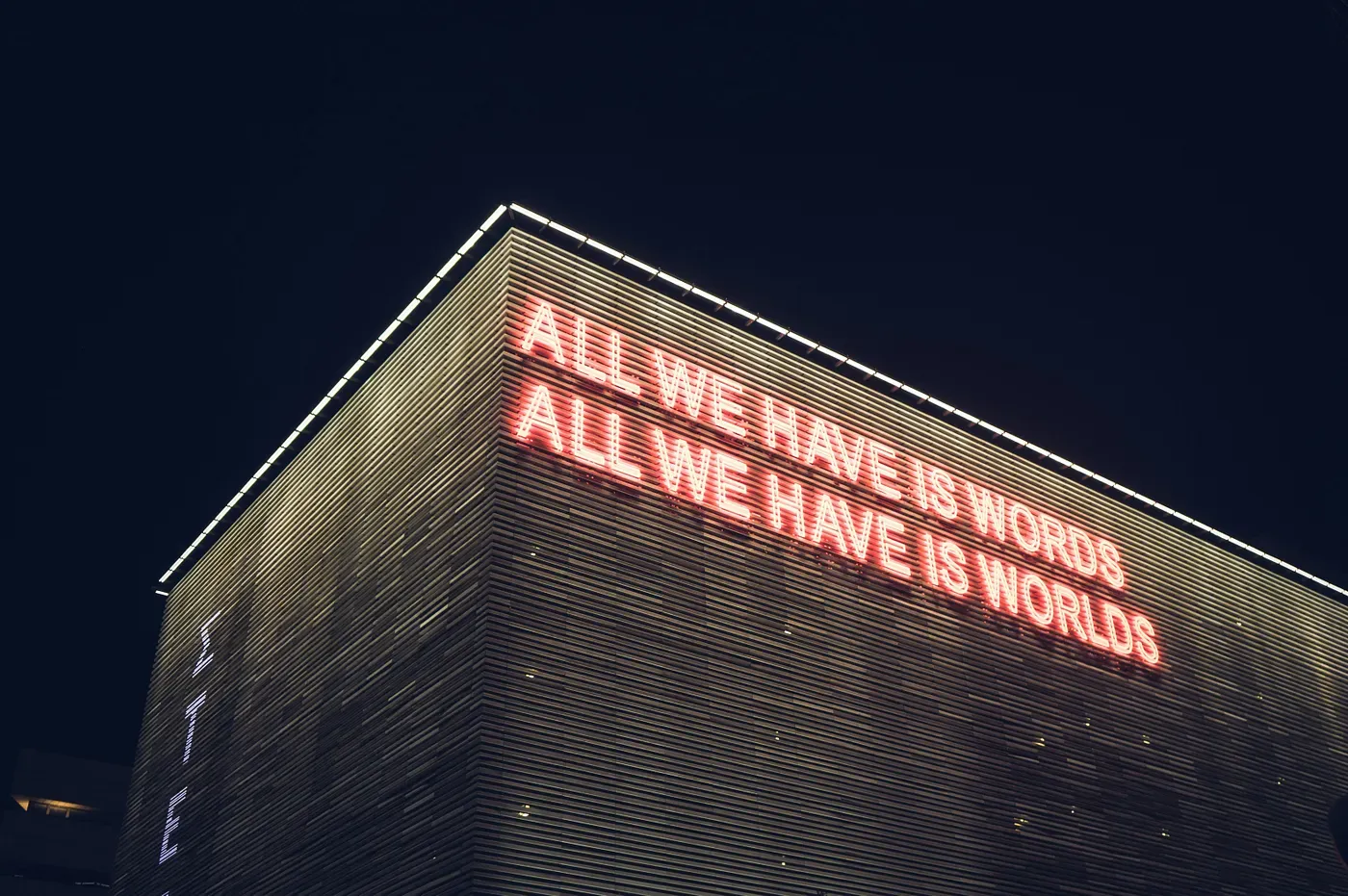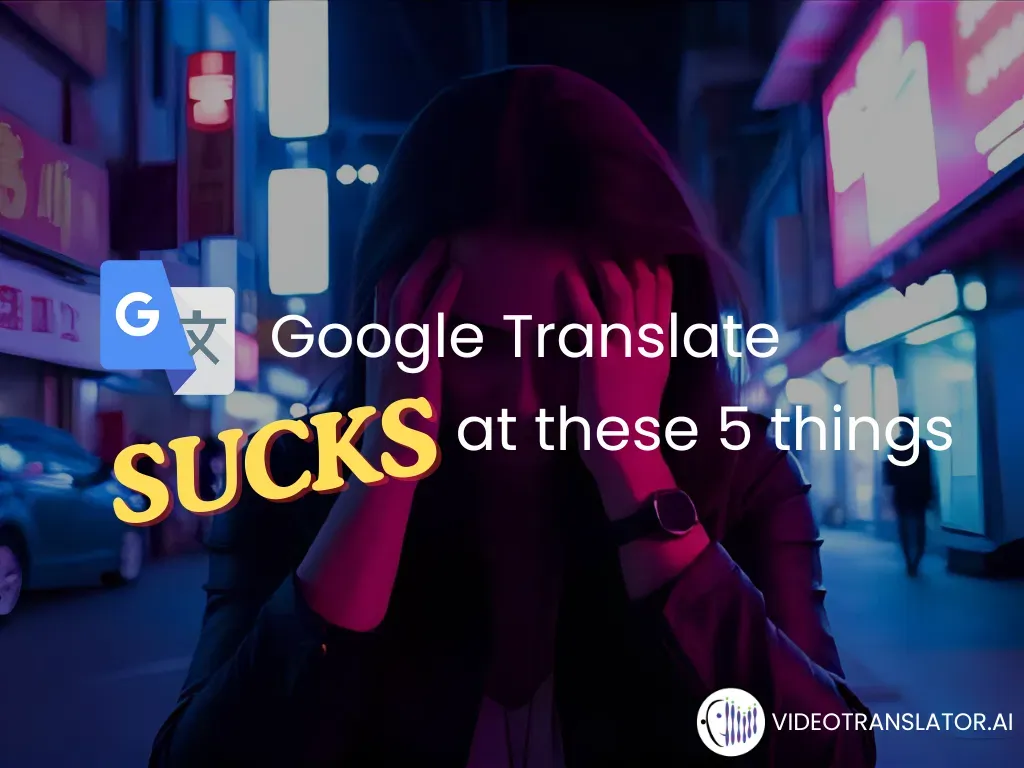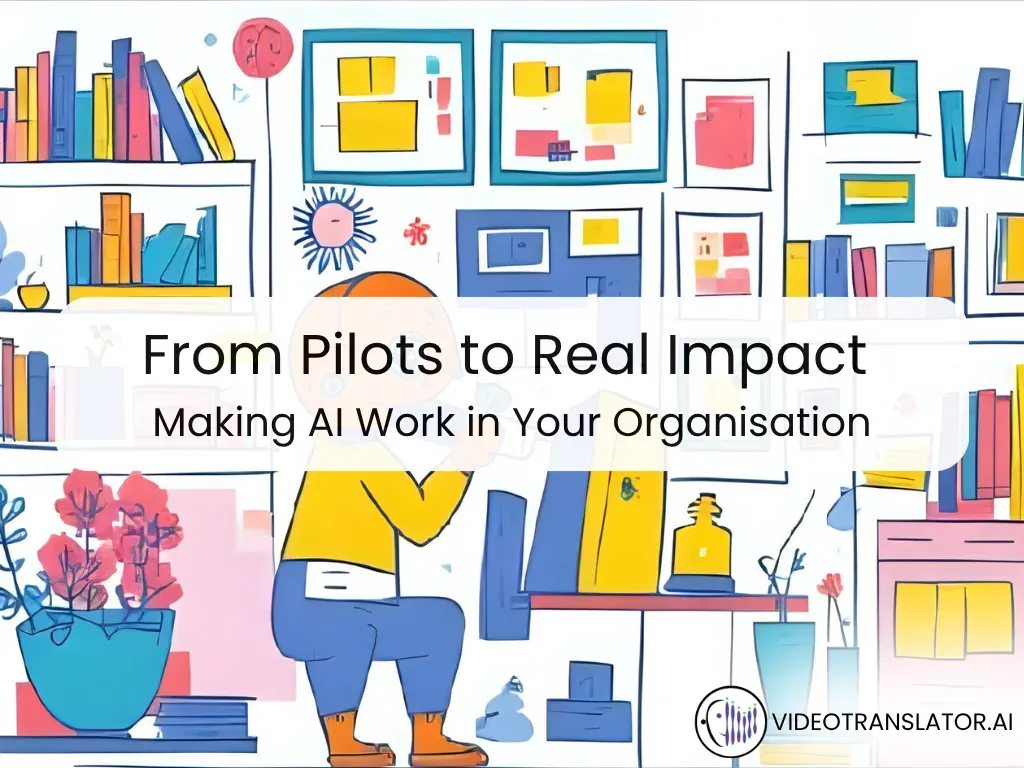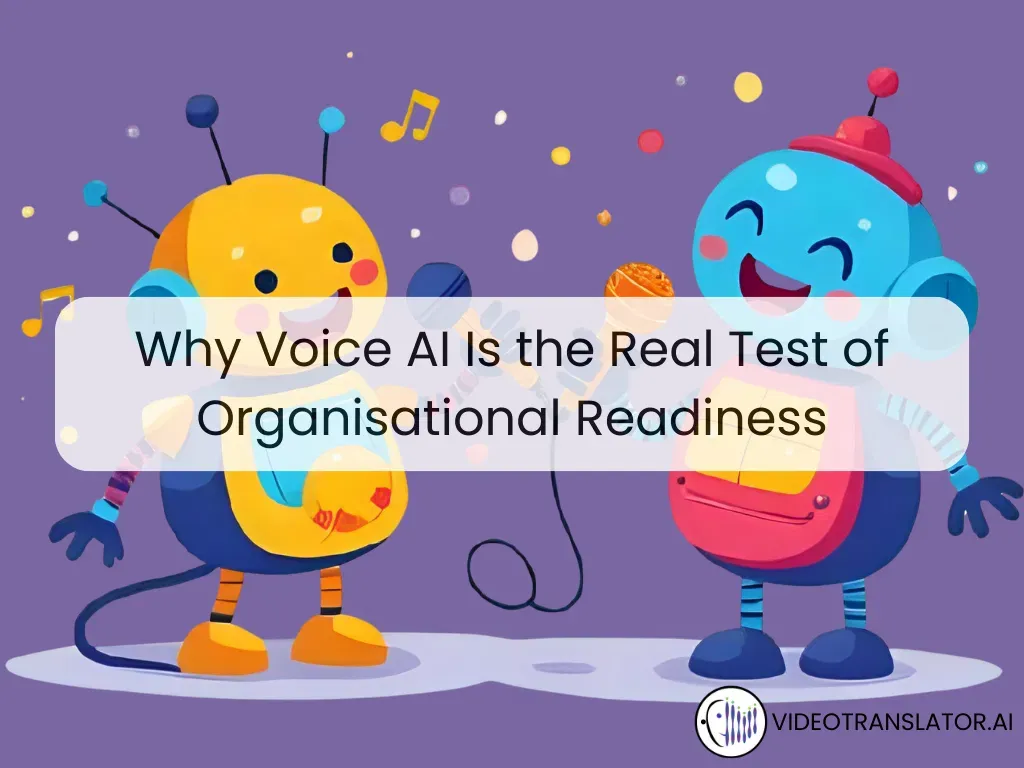I once watched a machine translation turn “I’m gutted” into “my stomach has been removed” in Spanish.
Technically? The dictionary wasn’t wrong. Practically? It was a disaster.
This wasn’t a bug. It’s the gap between what words mean and what people mean when they say them. And that gap isn’t closing anytime soon.
As someone building AI translation tools, I’ve spent two years mapping exactly where machine translation breaks down.
Not because I want to complain about it, but because understanding the gaps is how you build bridges across them.
Machine translation has come incredibly far.
But there are five things it struggles with consistently, and here’s the twist: recognising these limitations is the first step to actually solving them.
Let me show you where the cracks are, and what we can do about them.
1. Tone: The Same Words, Different Worlds

Google Translate can tell you what someone said, but not how they meant it.
Take three words: “That’s great.”
Depending on context, this could mean genuine praise, dripping sarcasm, or barely contained frustration. The words are identical. The meaning is opposite.
Machines can’t hear the edge in someone’s voice. They can’t see the pause before someone speaks. They can’t detect the slight eyebrow raise that turns agreement into mockery.
This is why real-time translation systems need more than just text. They need voice data, pacing, emphasis. When you’re translating a live meeting, you’re not just swapping words between languages. You’re carrying emotional weight across cultural boundaries.
Words without tone are just data. Communication is what happens when tone meets meaning.
2. Sarcasm: Where Machines Fall Apart Completely

“Nice job” can mean well done or what a disaster, depending on who’s saying it and when.
Sarcasm is emotional maths. Half tone, half context. Machines miss both.
They can decode grammar, but not grit. They recognise patterns, but not pain. They see the surface structure but miss the subtext entirely.

My Indonesian staff suggested this version: ‘Ah iya, favorit saya: terjemahan yang katanya sih “benar”, tapi maknanya sudah kabur entah ke mana.’ It’s not a word-for-word translation, but Indonesian readers will immediately catch the sarcasm.
I’ve run hundreds of tests on this. Feed standard machine translation a sarcastic sentence and watch it spit out something earnest and sincere. It’s not that the AI is stupid. It’s that sarcasm requires you to understand what someone believes, what they expected, and how reality failed to meet that expectation.
This is exactly why we had to deprecate our first translation app two years ago. It was technically accurate but emotionally tone-deaf. We’ve spent the time since then rebuilding it to preserve not just words, but intent.
Without that layer, translation becomes technically accurate but emotionally hollow. You get the skeleton without the sneer.
3. Culture: The Philosophy Behind the Words

Try translating “saving face” into a language that doesn’t have the concept.
Or “mañana” into a culture that treats punctuality as sacred.
Or “jugaad” into a system that worships process over improvisation.
You’ll get the dictionary version. You won’t get the life philosophy behind them.
I worked with a team translating marketing materials for Japan. The English version said “stand out from the crowd.”
Perfectly fine in English. In Japanese? It triggered discomfort. The cultural script isn’t about standing out, it’s about fitting in whilst excelling.
Standard machine translation gave us the words. It didn’t give us the worldview.
This is the hardest problem to solve in automated translation. You can’t just map words to words. You need to map concepts to concepts, values to values, communication styles to communication styles. It’s why context-aware systems matter so much, especially in business settings where cultural missteps cost real money.
Culture isn’t just language. It’s rhythm. Hierarchy. Humour. Silence. The space between words where meaning lives.
AI translates words. Humans translate worlds.
But smart AI can help humans do it faster.
4. Ambiguity: When Vagueness Is the Point

Languages like Japanese and Arabic thrive on elegant vagueness.
One word can mean five things depending on who says it, where they say it, and what happened ten minutes before they said it.
But standard machine translation demands precision. It needs clear inputs to generate clear outputs. It can’t handle the beautiful ambiguity that makes human speech so rich and adaptable.
In English, we might say “we’ll see” when we mean “absolutely not” but want to preserve the relationship.
A basic translation system renders this literally, and suddenly you’ve promised something you never intended to deliver.
This is why meeting translation is so different from document translation.
In a live conversation, ambiguity serves a purpose. It buys time. It softens rejection. It leaves room for negotiation.
Translation systems built for real-time dialogue need to preserve that flexibility, not eliminate it.
Human communication doesn’t work in clean categories. It works in clouds of meaning that shift based on context, relationship, and stakes.
Good translation tools need to navigate clouds, not demand clear skies.
5. Human Context: The Layer Machines Can’t See

Machines don’t know if you’re talking to your boss, your mum, or your ex.
They don’t sense urgency. They don’t detect irony. They can’t feel empathy bleeding through a carefully worded apology. They miss power dynamics entirely.
I once reviewed a translation of a performance review from our system’s early days. The original was firm but supportive. The machine translation was just firm. It lost the “I believe in you” underneath the “you need to improve.”
That’s because standard AI doesn’t know what’s at stake.
It doesn’t understand that the same sentence means different things when whispered versus shouted, when sent at midnight versus sent at noon, when it’s the first message or the last one before someone quits.
This is fixable, but it requires building translation systems that accept context as input.
Who’s speaking? What’s the relationship? What’s the setting? Is this formal or casual? High stakes or low stakes?
When you’re building multilingual meeting platforms, these aren’t nice-to-haves. They’re requirements. Because in a cross-cultural business meeting, context isn’t just helpful. It’s everything.
AI translation isn’t wrong. It’s incomplete. It gives you the skeleton. The right system helps you add the soul.
Why This Is Actually Great News
If you’re building in this space, every one of these gaps is an opportunity.
The future isn’t humans or machines. It’s humans with machines that understand context. Translation tools that can handle the heavy lifting whilst preserving tone, intent, and cultural nuance.
We’re finally at a point where the technology can support this.
Voice data gives us tone.
Real-time processing gives us pacing.
Context prompts give us cultural awareness.
The pieces exist. They just need to be assembled thoughtfully.
That’s what VideoTranslatorAI is working on now: rebuilding a translation platform that doesn’t just swap words, but carries meaning across languages in real-time meetings.
It’s not about replacing human judgment. It’s about making that judgment faster and more scalable.
Because here’s what I’ve learned after two years of development:
The best translation system in the world isn’t the one with perfect grammar. It’s the one that knows when “yes” actually means “we’ll see.”
If you are interested to learn more about our real-time meeting translator, drop your messages here or send us an email at hello@videotranslator.ai.



